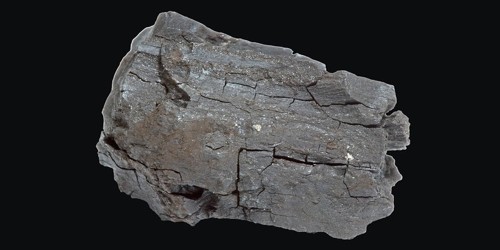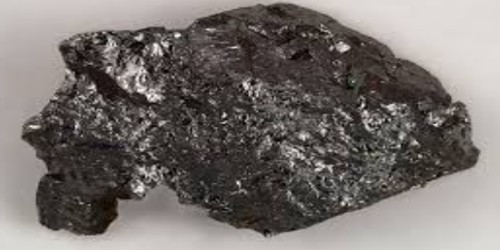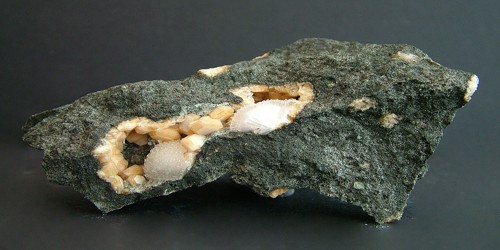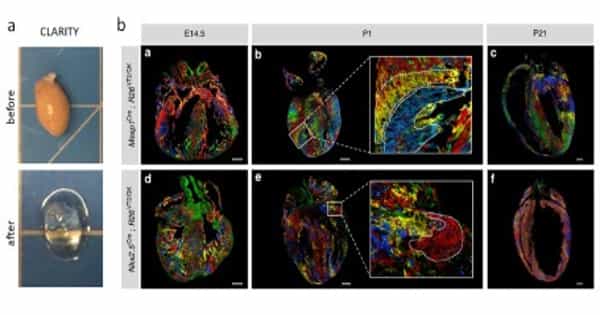Lignite, often referred to as brown coal, is a soft, brown, combustible, sedimentary rock formed from naturally compressed peat. It is a sedimentary rock that is formed from naturally compressed peat. It is considered the lowest rank of coal due to its relatively low heat content. It has carbon content around 60–70 percent.
Lignite is commonly used as a fuel in power plants.
Properties
Lignite has a Lower Rank in the coalification process, meaning this more recent than bituminous and anthracite coals. It is mined all around the world, is used almost exclusively as a fuel for steam-electric power generation, and is the coal that is most harmful to health. It is usually brownish-black coal intermediate between peat and bituminous coal.
It has a carbon content around 60–70 percent, a high inherent moisture content sometimes as high as 75 percent, and an ash content ranging from 6–19 percent compared with 6–12 percent for bituminous coal.
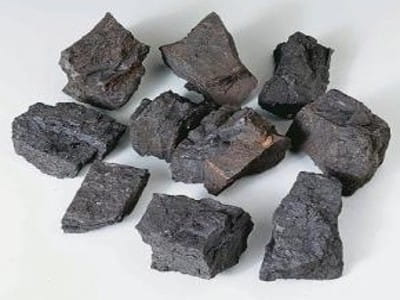
Characteristics of Lignite –
The typical characteristics of lignite are listed below:
- Brownish-black in color
- Soft and moist
- Easily combustible
- Energy content varies from 10 to 20 MJ/kg
- Easily converted into gas
Use
Environmentally beneficial use of lignite can be found in its use in the cultivation and distribution of biological control microbes that suppress plant disease-causing microbes. The carbon enriches the organic matter in the soil while the biological control microbes provide an alternative to chemical pesticides.
Some of the benefits of lignite are:
- Abundantly available
- Reliable generation of electricity
- Environment-friendly power generation
- Low-cost electricity production
Geology and occurrence:
Lignite begins as an accumulation of partially decayed plant material or peat. Burial by other sediments results in increasing temperature, depending on the local geothermal gradient and tectonic setting, and increasing pressure. This process, called coalification, concentrates the carbon content, and thus the heat content, of the material.
Lignite deposits are typically younger than higher-ranked coals, with the majority of them having formed during the Tertiary period.
Information Source:
